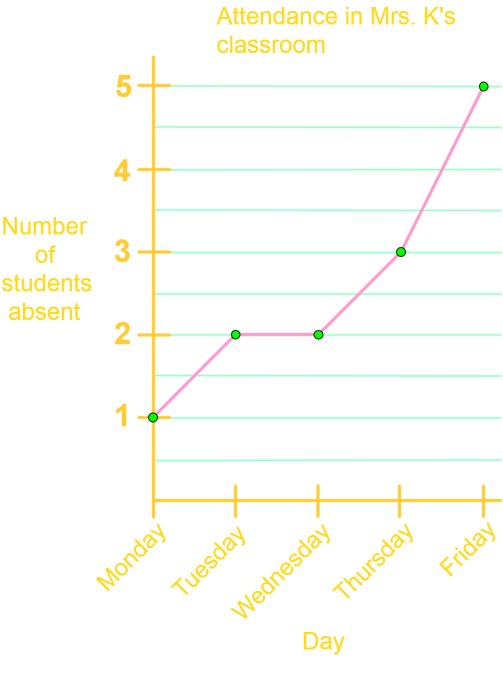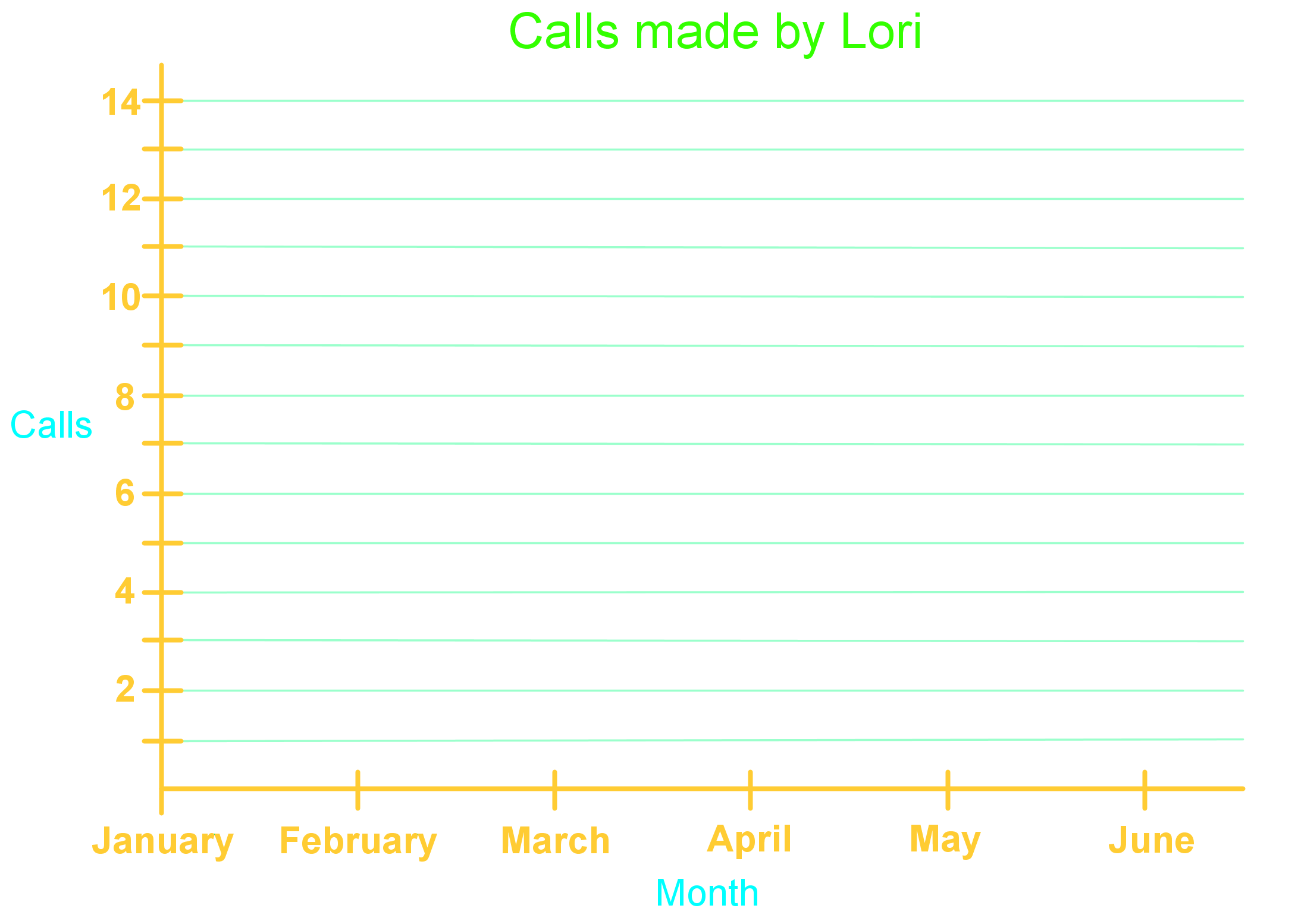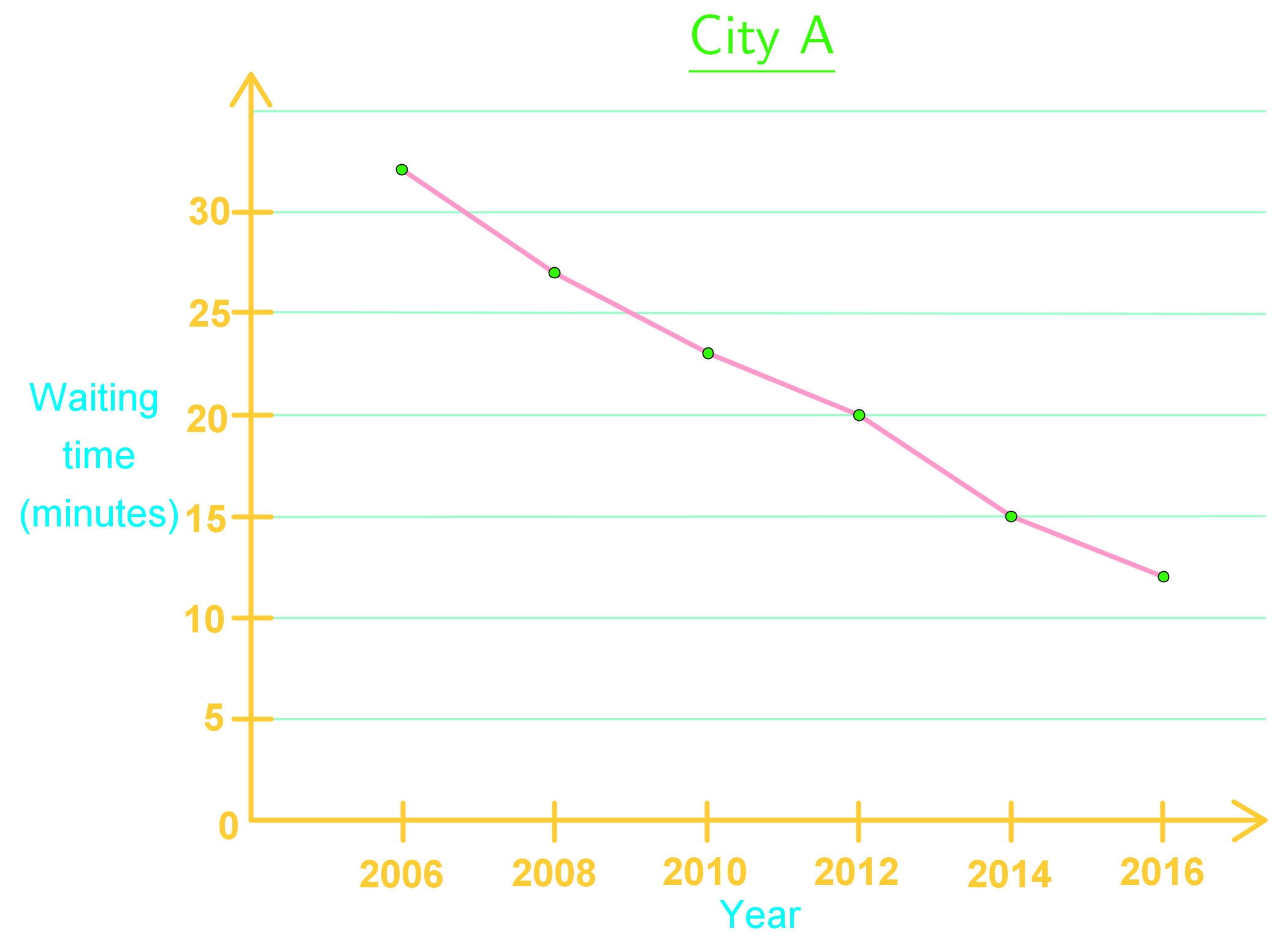Introduction to Reading Line Graphs
Welcome to our lesson on reading line graphs, an essential skill in data visualization! Line graphs are powerful tools for displaying trends and changes over time. Our introduction video is a great starting point to grasp the basics. It covers key elements like the x-axis, y-axis, and data points, making complex information easy to understand. As your math tutor, I'm excited to guide you through this topic. Line graphs are used in various fields, from science to business, so mastering them will be incredibly valuable. We'll explore how to interpret slopes, identify patterns, and draw conclusions from the data presented. Remember, practice makes perfect! After watching the video, we'll dive deeper into real-world examples and exercises to sharpen your skills. Let's embark on this journey to become line graph experts together!










